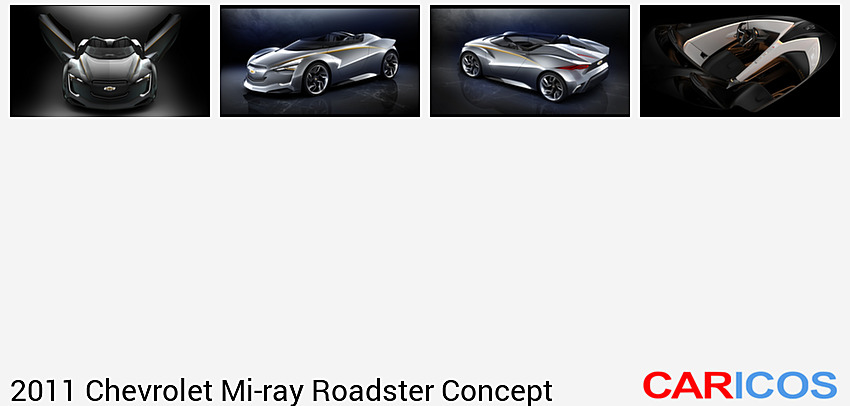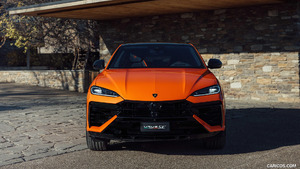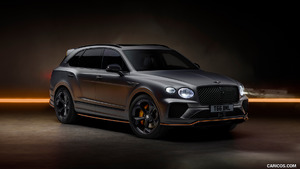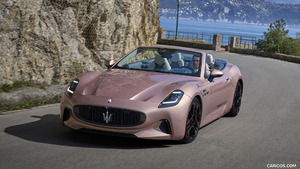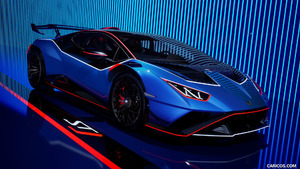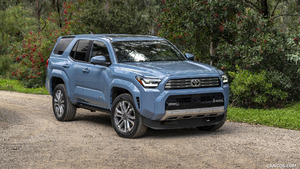The 2011 Chevrolet Mi-ray Roadster Concept: A Glimpse into Chevrolet's Futuristic Vision
Breaking the confines of the ordinary, Chevrolet unmasked the Mi-ray Roadster Concept back in 2011, ushering in a new era of innovative design and efficient hybrid propulsion. This conceptual marvel, unveiled at the Seoul Motor Show, sparked a conversation about the potential future of Chevrolet's design language, setting its roots deep in the Korean soil – quite literally, as 'Miray' is the Korean term for 'future'.
Aerodynamic Design and Composite Construction
Drawing inspiration from modern jet fighters and classic Chevrolet models, the Mi-ray was a mélange of heritage and progressiveness. Its exterior design was defined by a sweeping, tapered silhouette that drew comparisons with the 1963 Monza SS and the 1962 Corvair Super Spyder. Constructed of carbon fiber-reinforced plastic, the Mi-ray's body was a testament to weight reduction without compromising structural integrity. Adding to the futuristic aesthetics, ambient lighting traced a line of light under the vehicle when in motion.
Moreover, the 20-inch front and 21-inch rear wheels, made of an aluminum and carbon fiber composite, underscored the concept's commitment to lightweight construction. Even when stationary, the turbine-shaped spokes suggested a sense of ceaseless motion. Other dramatic design elements included scissor doors reminiscent of racecars and LED headlamps that embraced Chevrolet's dual-port grille.

Propulsion System: 'Mid-electric' Innovation
The Mi-ray stood out not just for its striking design but also for its 'mid-electric' hybrid propulsion system. Featuring two front-mounted 15-kW electric motors powered by a 1.6-kWh lithium-ion battery, the Mi-ray promised an emissions-free driving experience in urban settings. To complement its electric powertrain, a 1.5-liter four-cylinder turbocharged engine, designed to kick in when performance driving was the order of the day, was part of the package.
This unique system allowed for a switch between front-wheel and rear-wheel drive, depending on the driving situation. To ensure a more compact powertrain, a dual-clutch transmission replaced the traditional torque converter, while a start-stop system further enhanced efficiency.
Cabin Design: A Sporty Affair
The Mi-ray’s interior was as sporty and innovative as its exterior. Housed within a lightweight carbon fiber shell, the passenger cabin boasted a blend of brushed aluminum, natural leather, white fabric, and liquid metal, creating an ambiance of speed and luxury. The dual cockpit design, a nod to Chevrolet's sports car lineage, was an enveloping experience for both the driver and the front-seat passenger.
Information was neatly displayed via back projection in three main areas - central vehicle performance, range on the left, and navigation and mileage data on the right. In a unique tech twist, conventional rearview mirrors were replaced by retractable rearview cameras, integrating real-time video with GPS navigation in city driving.
Final Thoughts
With the 2011 Chevrolet Mi-ray Roadster Concept, Chevrolet dared to reimagine the sports car of the future. Fusing a lightweight, aerodynamic design with a novel hybrid propulsion system, the Mi-ray was an embodiment of futuristic possibilities. While it remained a concept, the Miray showcased the ambitions of Chevrolet and set a bold precedent for the brand's future design and engineering direction.
